1. Coca-Cola’s Original Formula Containing Cocaine
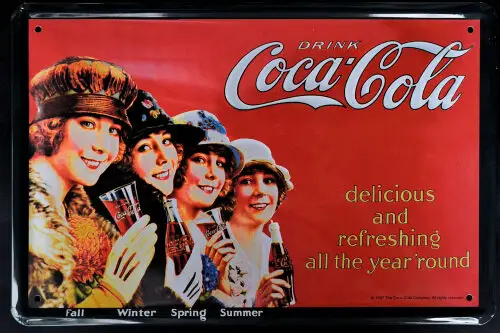
Coca-Cola’s earliest recipe included actual coca leaf extract, which meant small amounts of cocaine made it into every bottle. At the time, it was marketed as a refreshing pick-me-up that provided energy and improved mood. Consumers were essentially being dosed with a stimulant without any clear understanding of its effects. This ingredient made the drink addictive in more ways than one.
The company leaned into this “invigorating” image, making Coke a staple of American life by the early 1900s. By the time the formula changed, the brand had already cemented itself in culture. Modern regulations would never allow a mass-market beverage to contain a controlled substance. But the manipulation was in selling it as wholesome refreshment, not a mild drug.
2. Lucky Strike’s “Doctors Recommend” Campaign
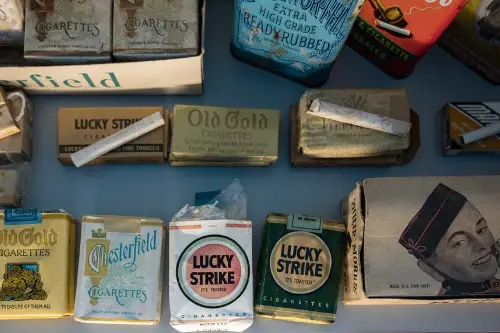
Back in the 1930s and 40s, Lucky Strike pulled off one of the most infamous marketing ploys in history: getting doctors to endorse cigarettes. They ran ads claiming that physicians preferred Lucky Strikes over other brands, suggesting that smoking them was practically a health choice. Of course, what consumers didn’t know was that these endorsements were often manufactured or manipulated through selective surveys. It preyed on trust in the medical profession to normalize smoking.
It worked incredibly well at the time, boosting sales while silencing health concerns. People were reassured that if doctors smoked them, it couldn’t be that harmful. Today, the idea of medical professionals promoting cigarettes feels unthinkable. This is a textbook case of marketing that crossed ethical lines for profit.
3. Listerine’s “Halitosis” Scare
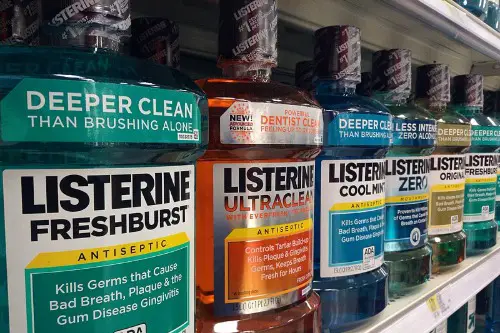
Listerine wasn’t always about bad breath—it started as a surgical antiseptic. But in the 1920s, the brand pivoted by popularizing the medical-sounding term “halitosis” for bad breath. The implication was that failing to use Listerine wasn’t just unhygienic, it was socially embarrassing. They turned a common human condition into a flaw that only their product could fix.
This scare-based marketing worked wonders, driving sales through fear of rejection. Listerine transformed from a niche product into a household staple practically overnight. It’s manipulative because it invented a medical problem that no one worried about before. Today, that tactic would be seen as deceptive health marketing.
4. Ovaltine’s “Secret Decoder Ring” Gimmick
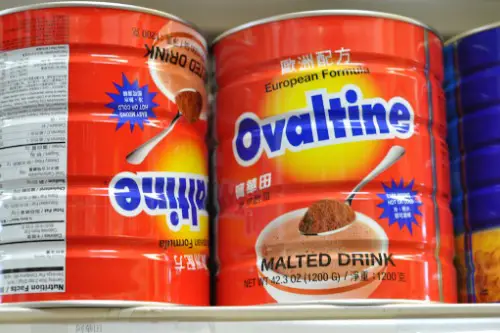
Ovaltine in the 1930s and 40s leaned on kids’ imaginations by sponsoring radio shows like Little Orphan Annie. They encouraged children to drink Ovaltine in exchange for proof-of-purchase points, which could be mailed in for a “secret decoder ring.” The catch was that kids had to keep buying Ovaltine just to collect enough seals. It wasn’t about nutrition, it was about dangling a prize.
This tactic worked because it manipulated children’s sense of belonging and excitement. Kids begged their parents to buy more Ovaltine, not for the product, but for the exclusive club. The marketing blended childhood play with relentless product consumption. Today, stricter rules around advertising to kids would make this approach highly questionable.
5. Camel Cigarettes’ Cartoon Camel
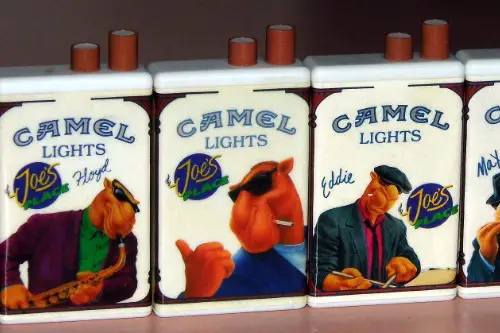
In the 1990s, Camel introduced “Joe Camel,” a cartoon mascot with sunglasses and a cool attitude. While Camel claimed he was meant for adults, it was obvious the cartoon was designed to appeal to younger audiences. Studies later showed that children recognized Joe Camel as easily as Mickey Mouse. The implication was that smoking was fun, stylish, and youthful.
The campaign led to massive public backlash and eventually lawsuits. Critics argued it deliberately targeted minors, despite the dangers of smoking being well-known by then. Joe Camel eventually disappeared, but not before Camel gained years of brand recognition. It’s remembered as one of the most blatant examples of youth-targeted manipulation.
6. Kellogg’s “Better Than Doctors” Claims
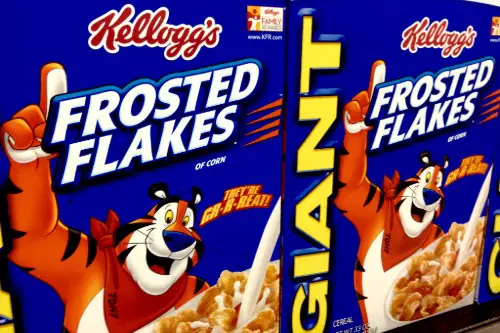
In the early 20th century, Kellogg’s promoted its cereals as near-miracle health foods. Ads suggested that eating their cornflakes could treat everything from indigestion to depression. Some campaigns even implied that their products were more effective than visiting a doctor. It was marketing designed to make cereal sound like medicine.
The truth was far less glamorous—cornflakes were just bland breakfast food. But Kellogg’s framed them as part of a healthy lifestyle revolution, tricking people into equating cereal with wellness. That strategy not only boosted sales but also reshaped the American breakfast. Today, making unproven medical claims in ads would never fly.
7. Volkswagen’s “Clean Diesel” Promise
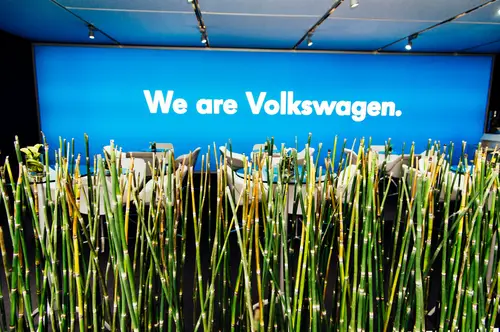
In the 2000s, Volkswagen rolled out its “clean diesel” vehicles, claiming they were eco-friendly alternatives to gas cars. The ads promised lower emissions and guilt-free driving for environmentally conscious buyers. What buyers didn’t know was that VW had installed software to cheat emissions tests. The cars were actually polluting far more than advertised.
This campaign worked because it appealed to environmental values while hiding the truth. Volkswagen positioned itself as a forward-thinking, responsible company. The fallout was massive once regulators uncovered the deception, leading to billions in fines. It’s one of the clearest examples of greenwashing in modern marketing.
8. Coca-Cola’s “Healthy Soda” Diet Push
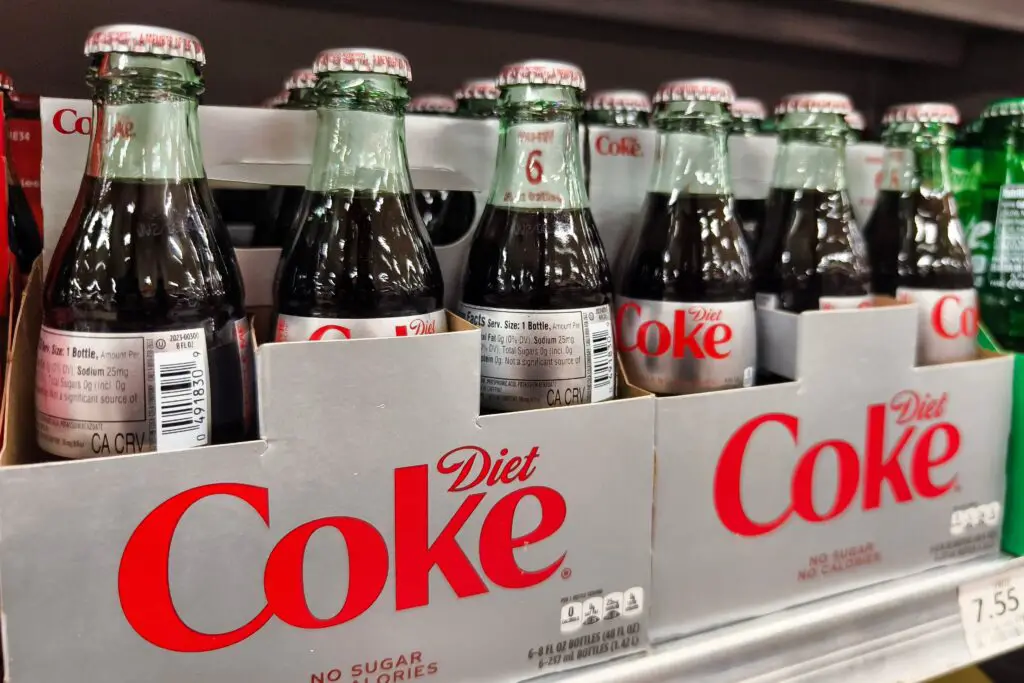
In the 1960s, Coca-Cola funded research that downplayed sugar’s role in obesity and heart disease. Instead, they redirected blame toward fats, making soda seem like a harmless indulgence. They also heavily marketed diet sodas as “health-conscious” alternatives. The manipulation wasn’t just in ads but in influencing actual science.
Consumers were led to believe that Coke products weren’t part of the health problem. For years, the narrative stuck, reshaping public understanding of nutrition. It shows how marketing can blur the lines between advertising and research. Today, transparency rules try to prevent such conflicts of interest, but back then, Coke’s story dominated.
9. Marlboro’s Cowboy Image
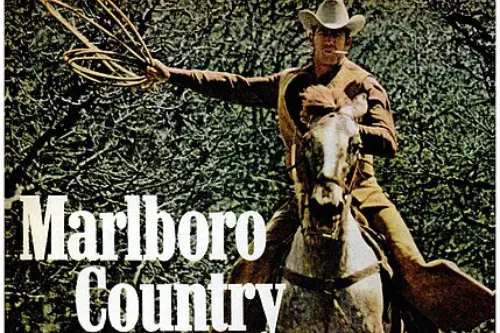
Marlboro wasn’t always the rugged cigarette—it originally marketed filtered cigarettes to women. In the 1950s, facing lagging sales, the brand reinvented itself by introducing the Marlboro Man. He was tough, masculine, and independent, selling cigarettes as symbols of freedom. It was a genius repositioning that tapped directly into American ideals.
The manipulation was in rebranding something harmful as aspirational. Smoking wasn’t about health anymore, it was about identity and belonging. The Marlboro Man became one of the most successful ad icons of all time. But it also hooked a generation of men on cigarettes through sheer imagery.
10. Flintstones Vitamins’ Cartoon Pitch
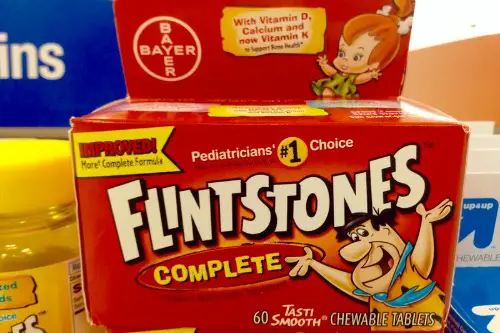
Flintstones chewable vitamins debuted in the 1960s, marketed heavily with lovable cartoon characters. Parents were told these supplements would help their kids grow strong and healthy. The playful branding downplayed the fact that they contained high sugar levels and, at times, controversial ingredients like artificial dyes. Kids loved them for the candy-like taste, not the nutrients.
This tactic worked because it blurred the line between treat and health product. Parents felt good buying them, while kids demanded them for the fun factor. Marketing vitamins with cartoons preyed on trust and nostalgia. Today, regulations around advertising supplements to children are far stricter.
11. Pepsi’s “Drink Pepsi, Get Stuff” Contest
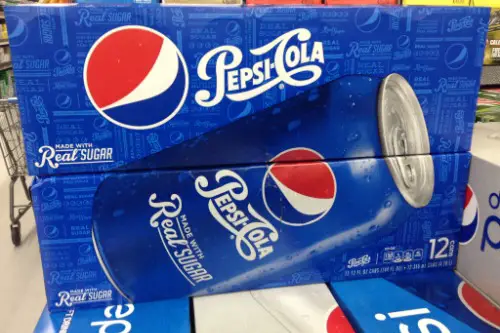
In the 1990s, Pepsi ran a promotion offering points with every purchase that could be exchanged for prizes. The infamous commercial showed that with enough points, you could even get a fighter jet. While the jet wasn’t meant to be a serious prize, the ad sparked a lawsuit when one man actually tried to redeem it. The stunt revealed how exaggerated claims can backfire.
The manipulation was in overpromising and creating unrealistic expectations. Pepsi encouraged people to overconsume soda just to collect points. It was gamification of sugar intake under the guise of fun rewards. The controversy turned into a cultural punchline, but it also highlighted misleading promotional tactics.
12. Campbell’s Soup’s “Marbles in the Bowl” Ads

Campbell’s Soup faced criticism in the 1960s for using a sneaky photography trick in their ads. To make soups look heartier, advertisers placed marbles at the bottom of bowls so the chunky vegetables would rise to the surface. The result was a photo that looked far more appetizing than the real thing. Consumers were essentially sold an illusion.
This worked because it preyed on visual appeal, making people believe they’d get a full bowl of chunky soup. But when they opened the can, reality didn’t match the promise. Today, food advertising is much more regulated, requiring that depictions reflect the actual product. Campbell’s marble trick is still remembered as a classic case of false advertising.
13. Coca-Cola’s Santa Claus Reinvention
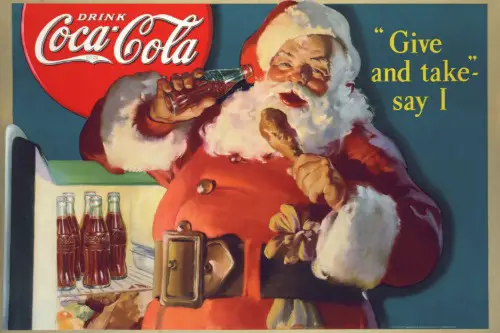
Coca-Cola is often credited with shaping the modern image of Santa Claus in the 1930s. Their ads portrayed him as jolly, red-suited, and wholesome, creating an enduring cultural symbol. While not harmful like cigarette campaigns, it was a powerful manipulation of tradition. They essentially branded Christmas cheer with Coca-Cola imagery.
The strategy worked brilliantly, embedding Coke in holiday culture for generations. It’s manipulative because it tied a sacred cultural figure to a soft drink. People weren’t just buying Coke; they were buying into the idea of holiday happiness. Today, the line between cultural tradition and corporate branding feels blurrier because of moves like this.
This post 13 Brands That Used Marketing Tactics So Manipulative They’d Feel Illegal Today was first published on American Charm.


